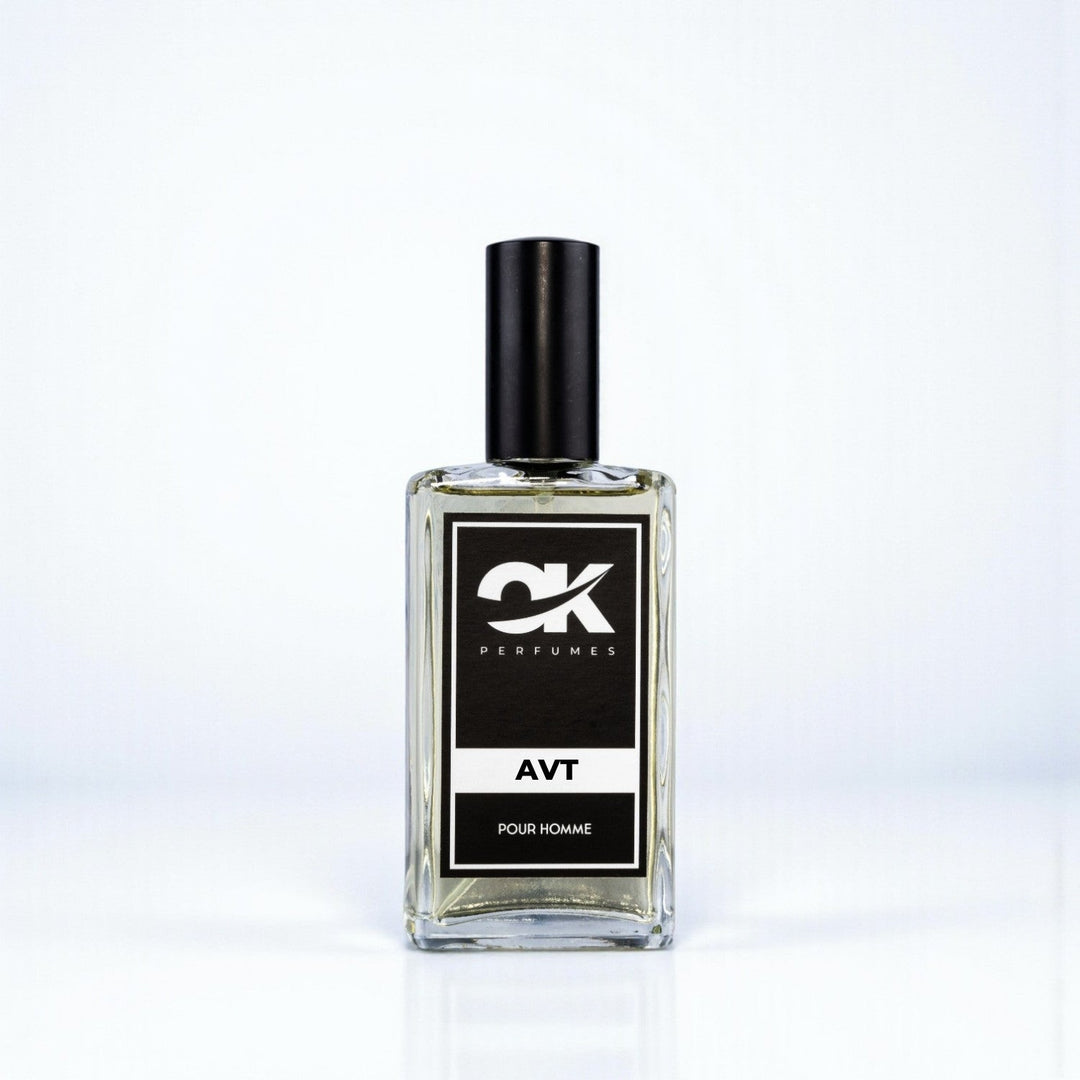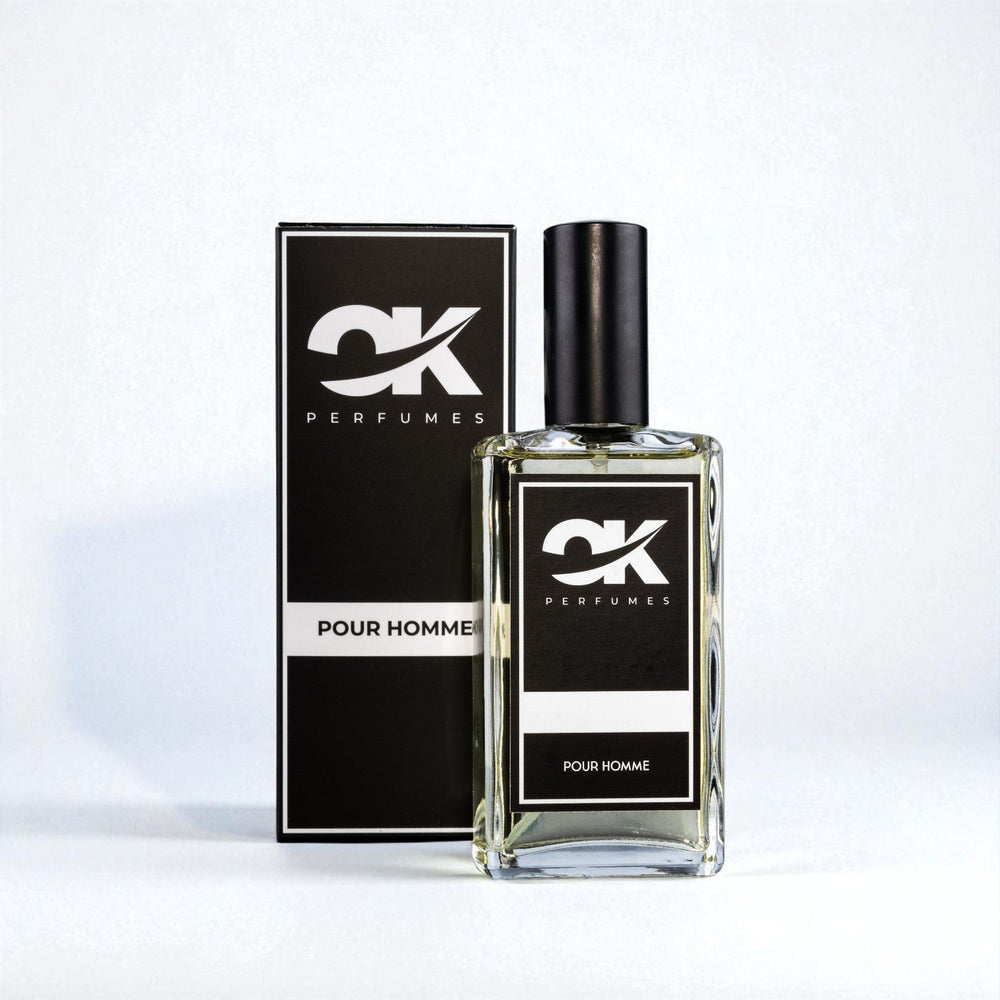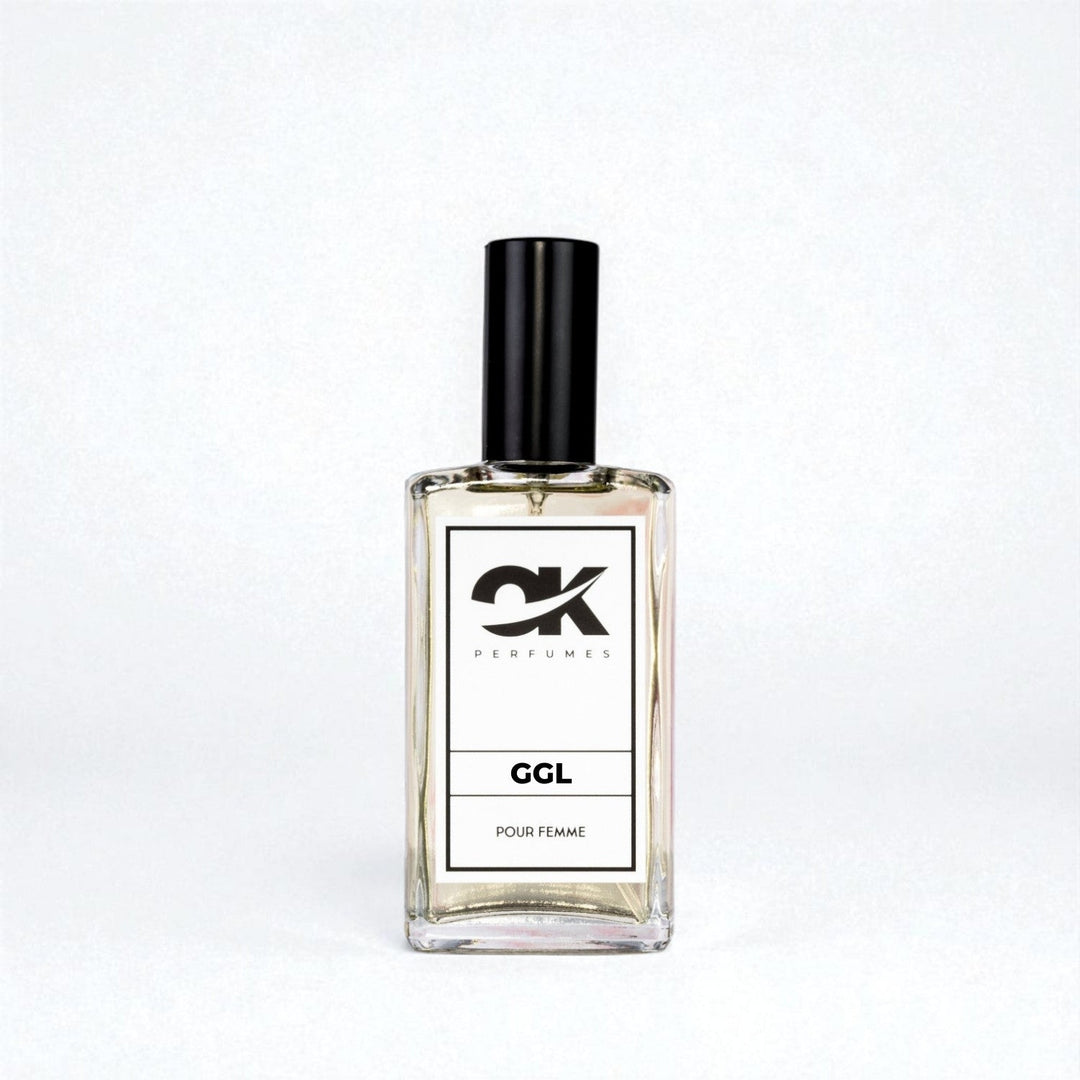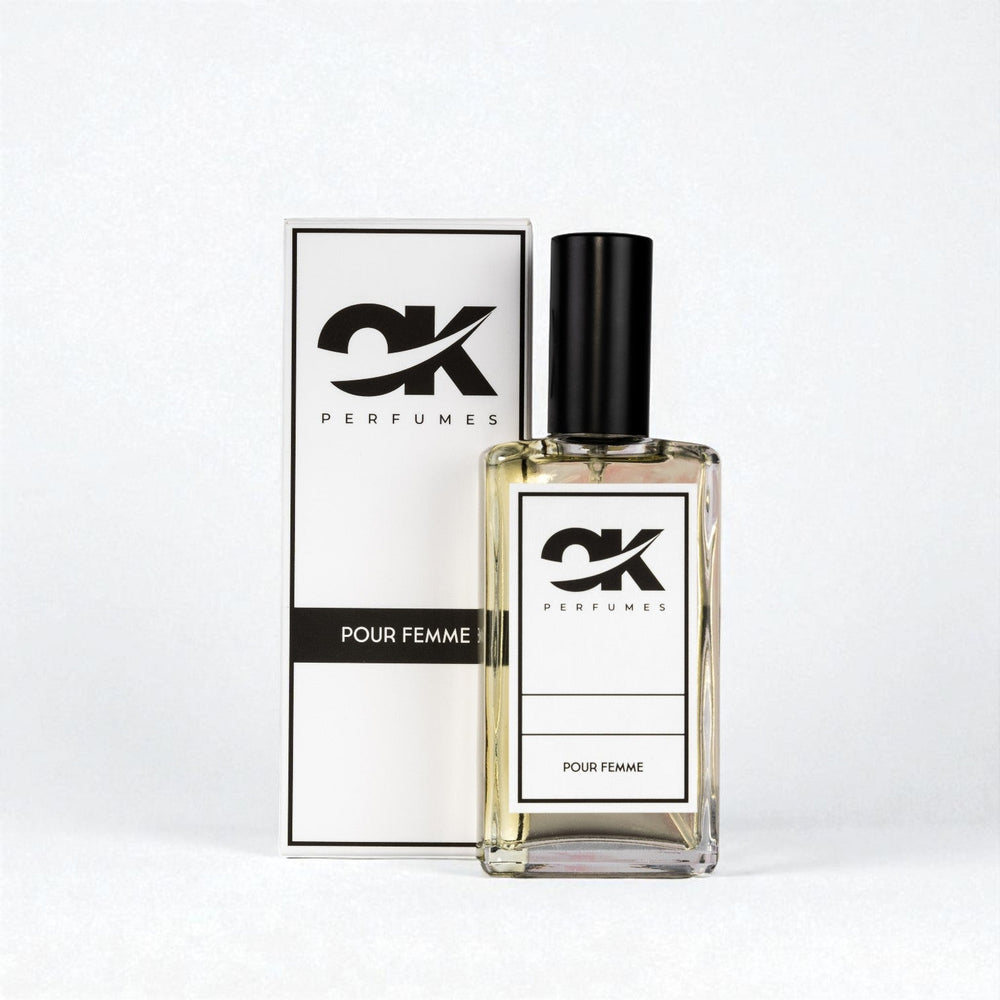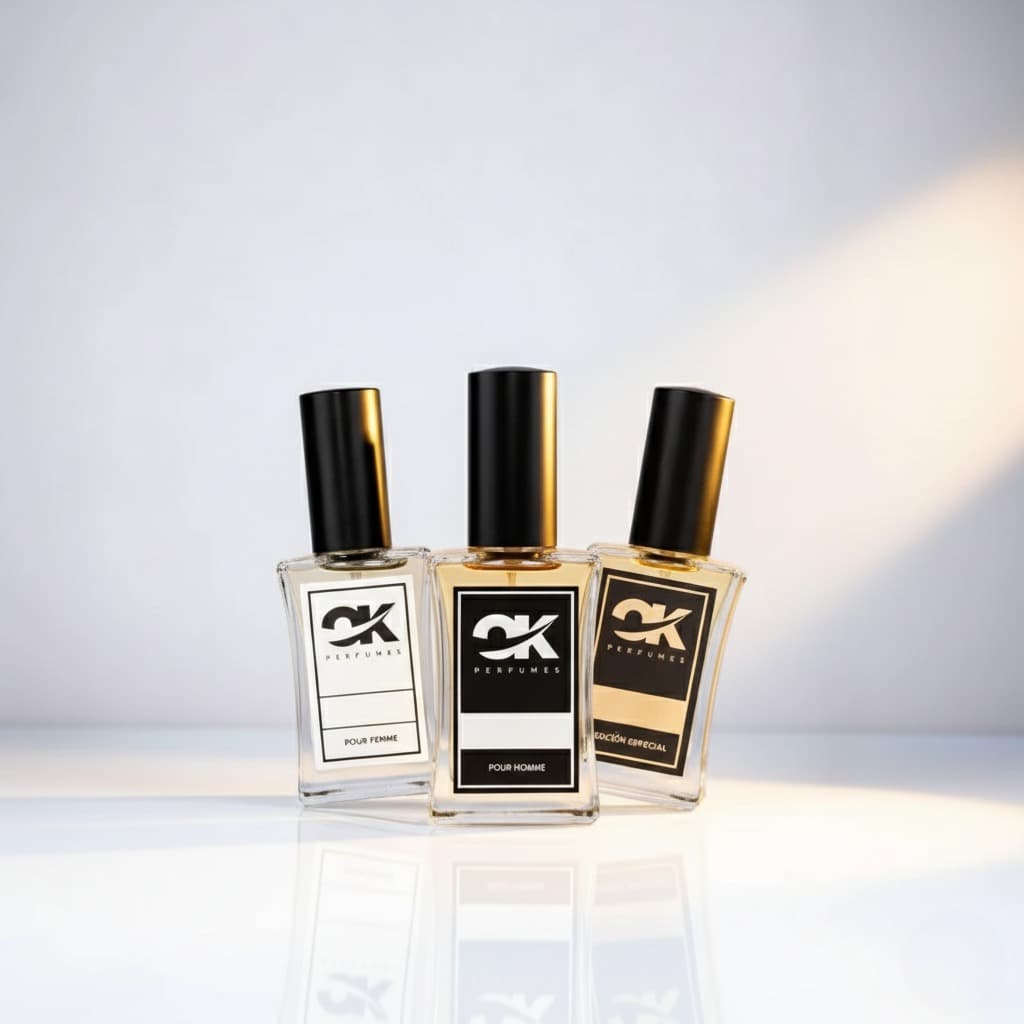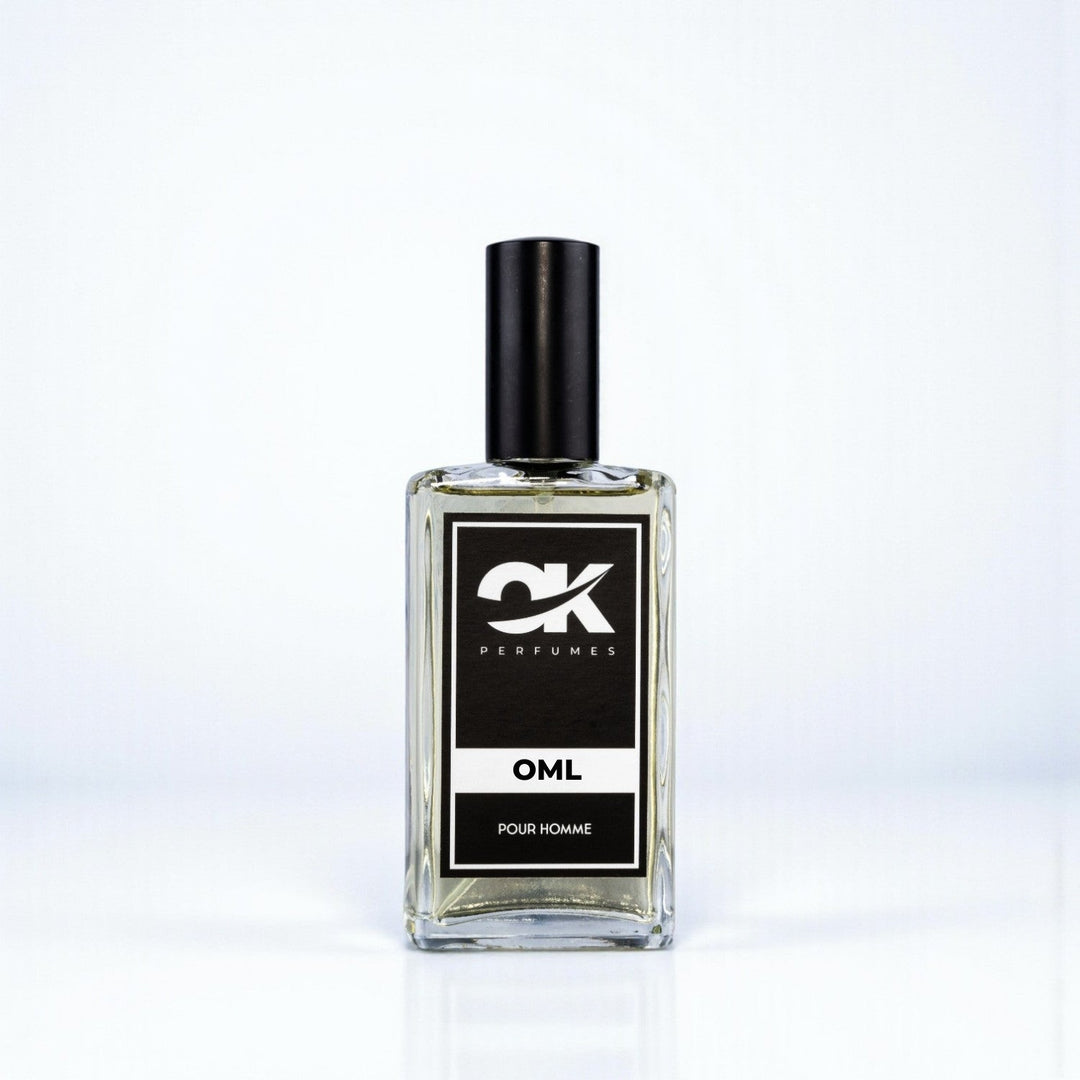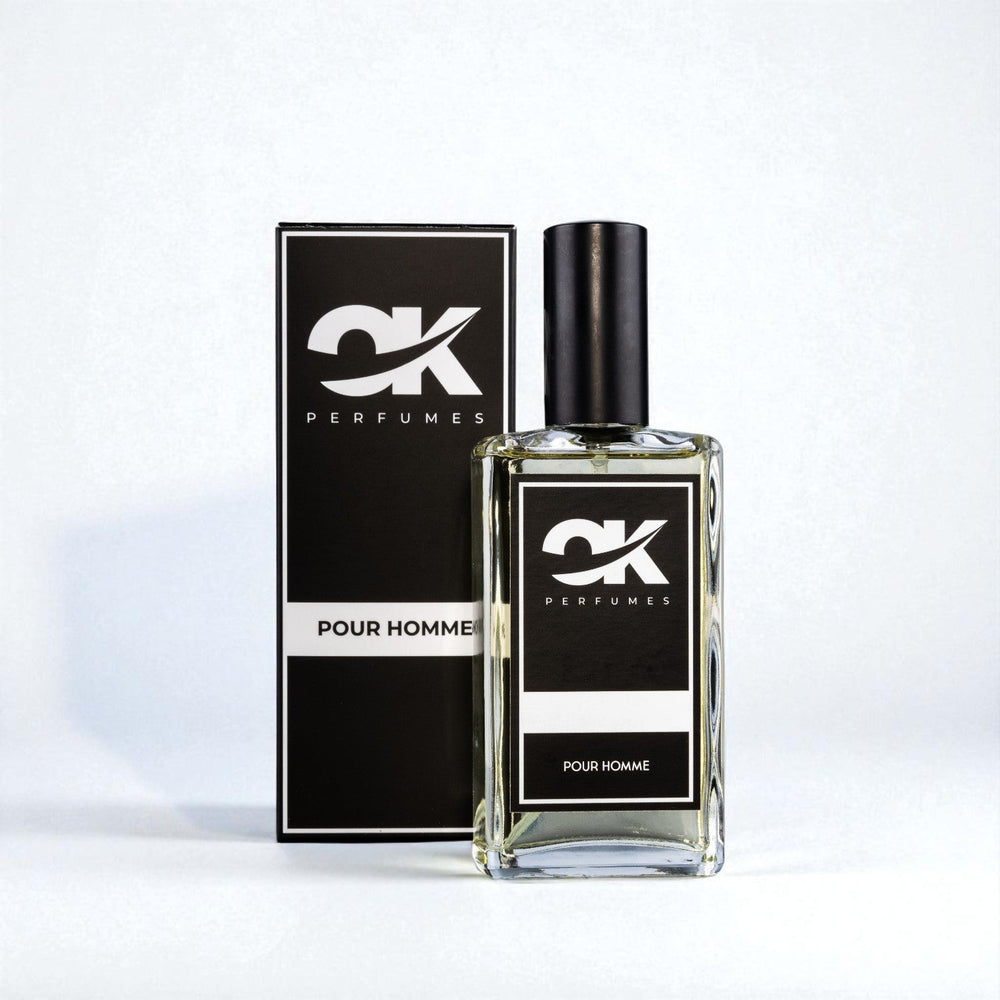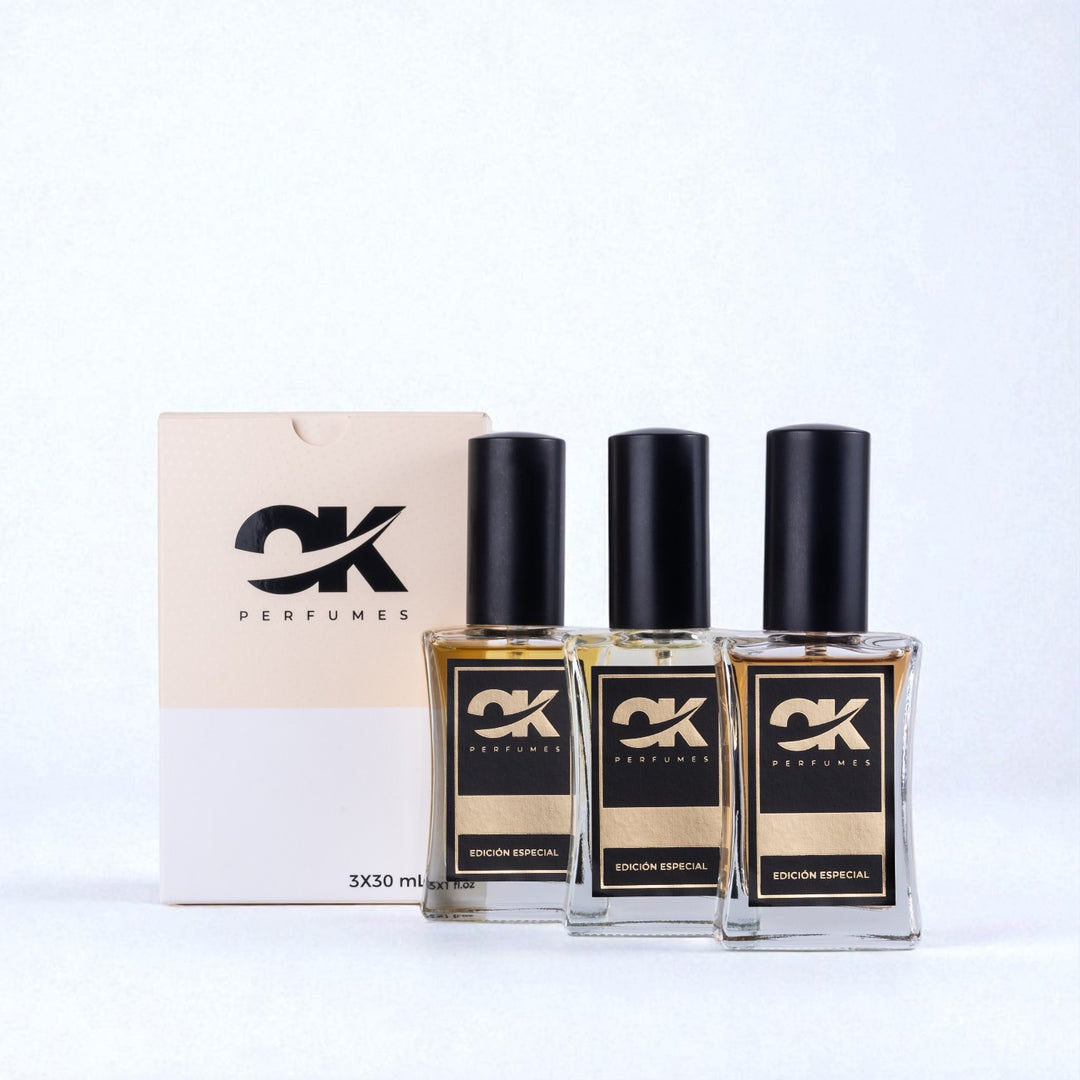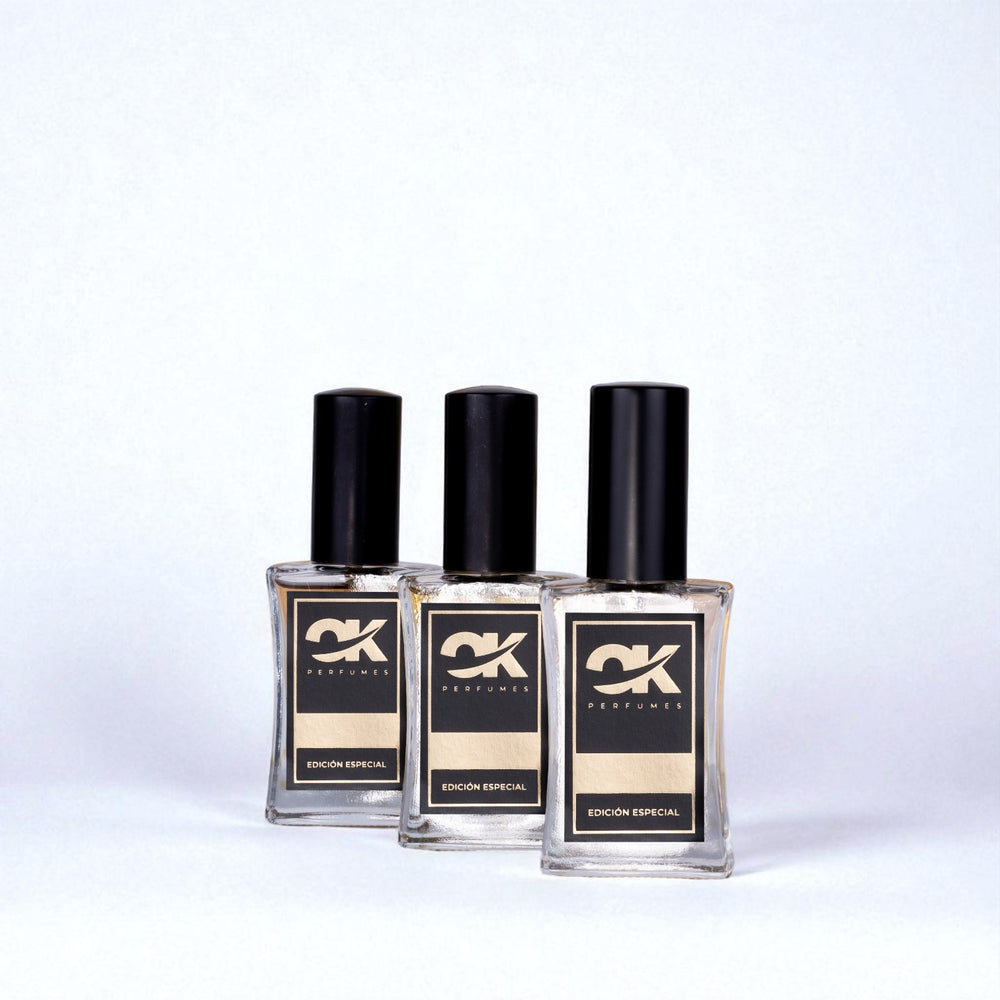The Influence of Culture on the Fragrances of Different Regions
The fascination with perfumes is a global phenomenon that transcends borders and cultures. Since ancient times, fragrances have been an extension of our identity, expressing not only personal tastes but also the stories, traditions, and values of each region. In this article, we'll explore how culture influences fragrances from different parts of the world and what we can learn from this olfactory diversity.
The Importance of Culture in Fragrance Creation
The price of a perfume is determined not only by the ingredients used, but also by the story behind it. A region's culture greatly influences which scents are considered desirable and how they are combined. For example, in some cultures, floral perfumes are synonymous with purity and beauty, while in others, woody notes may represent strength and masculinity.
Regions and their Typical Fragrances
Below, we explore some regions of the world and how their culture has shaped the fragrances that represent them:
1. Middle East: Oasis of Intense Scents
Middle Eastern culture is rich in traditions and rituals that revolve around the use of perfumes . Fragrances in this region tend to be intense and exquisite, with notes of amber, musk, and spices. The use of equivalence in perfume creation often includes blends of expensive ingredients that symbolize social status.
- Tradition : In the Middle East, the art of perfumery is considered a family legacy.
- Ingredients : Incense and myrrh are frequently used sacred ingredients.
2. Europe: Refinement and Elegance
Europe is home to some of the world's most iconic perfume houses, where quality is paramount. In France, for example, the use of fragrances has evolved into a luxury market, where natural ingredients and exclusive packaging design are prioritized. European fragrances tend to be more subtle and complex, reflecting the continent's cultural diversity.
- Quality : High-end essences are the result of centuries of technical perfection.
- Innovation : New trends, such as unisex perfumes , have emerged in recent decades.
3. Asia: Subtle and Medicinal Aromas
In Asia, the use of fragrances is closely linked to traditional medicine. For example, in China, ingredients such as green tea and lotus flower are common in the creation of perfumes that promote well-being. Asians generally prefer lighter, fresher scents, promoting harmony and calm.
- Rituals : Many fragrances are used during ceremonies and celebrations.
- Balance : The selection of aromas seeks to balance the elements of the body and mind.
4. America: Diversity and Olfactory Creativity
American culture is a mosaic of influences reflected in its fragrances . From the fresh, fruity aromas of the West Coast to the rich, spicy fragrances of the South, each region has its own distinctive signature. Brands often experiment with unusual combinations that appeal to young audiences and those who love innovation.
- Creativity : Experimentation with scents was driven by pop culture and music.
- Accessibility : A variety of price options allows everyone to find their ideal fragrance.
The Role of Craftsmanship in Fragrance Creation
Perfume production is an art form, and its quality depends greatly on the skill of the perfumer. In many cultures, creating a perfume is a meticulous process that involves carefully selecting each ingredient. High-quality fragrances often come from traditional distillation methods and careful formulation.
Aspects that Affect the Quality of Perfume
The quality of a perfume can be evaluated by several factors:
- Ingredients : A good perfume is made with high quality ingredients, without synthetic products.
- Concentration : The concentration of the fragrance determines its duration and intensity.
- Composition : The harmony between the top, middle and base notes plays a crucial role.
The Price of Exclusivity in Fragrances
The price of a perfume reflects not only the ingredients but also the story behind its creation. Luxury brands often charge more for their fragrances due to the exclusivity and craftsmanship involved. However, there are equally delightful options that offer equivalence at a more accessible price , allowing more people to enjoy the perfume experience.
Affordable Perfume Options
There are many brands that offer high-end fragrance equivalents at more affordable prices. These alternatives don't skimp on quality and often allow consumers to experiment with a wider variety of scents without spending a fortune.
Sweeping Conclusions about Fragrances and Culture
In short, the variety of perfumes around the world reflects the rich cultural diversity of our societies. Each fragrance tells a story, a message, a tradition that deserves to be celebrated and explored. Understanding how culture influences these fragrances not only enriches our appreciation for them but also expands our choices when purchasing a new scent. From exotic and luxurious to fresh and accessible, there is a perfume for every individual, every occasion, and, above all, every cultural background.




